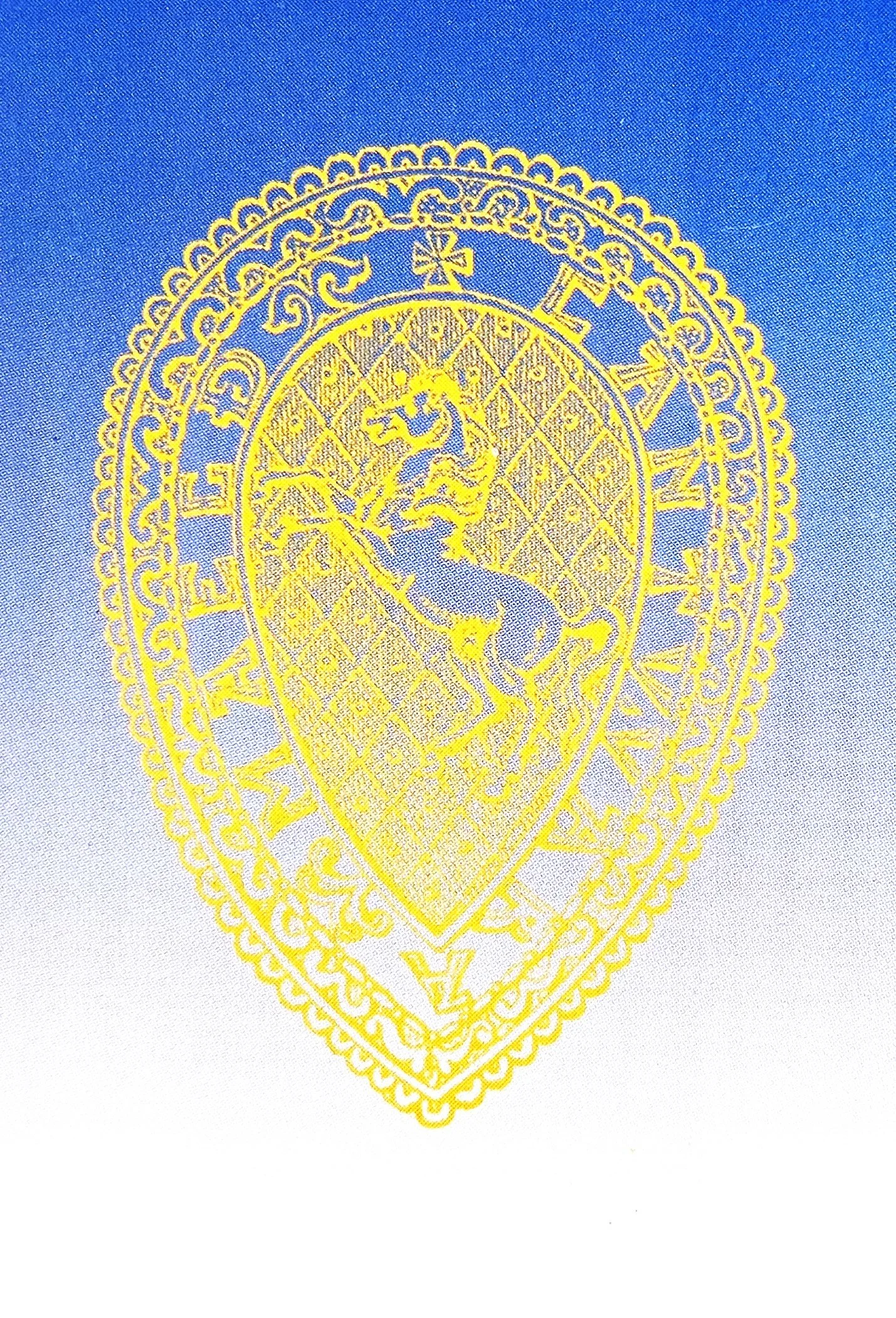John Williams, Head of Heritage Conservation, Kent County Council, 2006, KAS Newsletter, Issue 71 (Winter 2006/7). Maidstone: Kent Archaeological Society.
Marion Green, Education Officer, Canterbury Archaeological Trust, 2006, KAS Newsletter, Issue 71 (Winter 2006/7). Maidstone: Kent Archaeological Society.
KAS Newsletter, Issue 71 (Winter 2006/7). Maidstone: Kent Archaeological Society.
KAS Newsletter, Issue 71 (Winter 2006/7). Maidstone: Kent Archaeological Society.
KAS Newsletter, Issue 71 (Winter 2006/7). Maidstone: Kent Archaeological Society.
Lesley Feakes, Lenham Archaeological Society, 2006, KAS Newsletter, Issue 71 (Winter 2006/7). Maidstone: Kent Archaeological Society.
, 2006, KAS Newsletter, Issue 71 (Winter 2006/7). Maidstone: Kent Archaeological Society.
KAS Newsletter, Issue 71 (Winter 2006/7). Maidstone: Kent Archaeological Society.
KAS Newsletter, Issue 71 (Winter 2006/7). Maidstone: Kent Archaeological Society.
KAS Newsletter, Issue 71 (Winter 2006/7). Maidstone: Kent Archaeological Society.
John Clary, 2006, KAS Newsletter, Issue 71 (Winter 2006/7). Maidstone: Kent Archaeological Society.
KAS Newsletter, Issue 71 (Winter 2006/7). Maidstone: Kent Archaeological Society.
KAS Newsletter, Issue 71 (Winter 2006/7). Maidstone: Kent Archaeological Society.
Marion Green, CAT Education Officer, 2006, KAS Newsletter, Issue 71 (Winter 2006/7). Maidstone: Kent Archaeological Society.








Andrew Richardson, 2006, KAS Newsletter, Issue 71 (Winter 2006/7). Maidstone: Kent Archaeological Society.